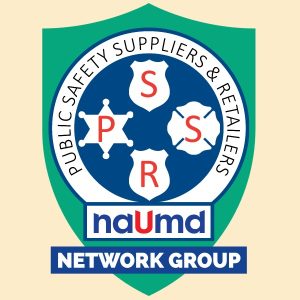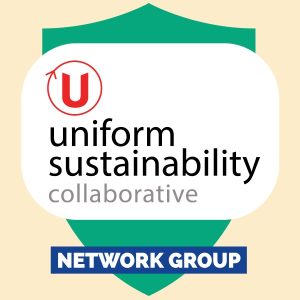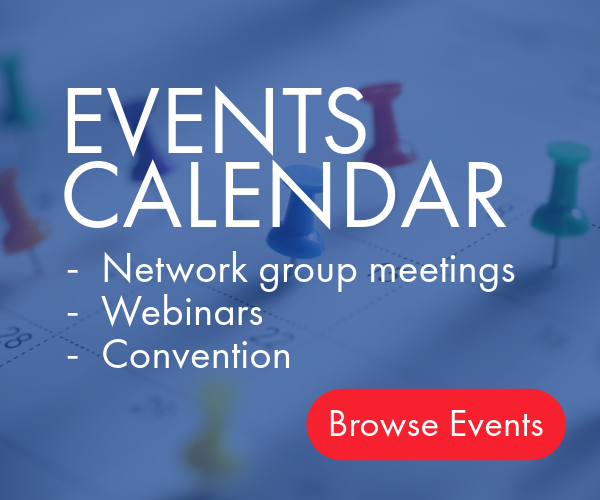When most people think about uniforms, they picture the result: crisp shirts, matching pants, a perfectly placed logo. What they do not see is the behind-the-scenes infrastructure required to bring those uniforms to life, at scale. Launching a national uniform program is not just about selecting a style, it is a strategic operation involving planning, production, logistics, and flawless execution.
Think of it as building a bridge. You need a solid foundation, carefully mapped timelines, and every piece must fit right to hold the weight of a program that might outfit hundreds or even thousands of employees across multiple locations.
The first step is Planning the Foundation by defining the Program. A national launch begins long before the first garment is ever produced. It starts with a clear program strategy.
- Who will wear the uniform?
- How many roles and job functions are there?
- Are there regional variations (hot weather vs. cold weather markets)?
- What are the compliance or branding requirements?
This is where product planning meets demand forecasting. Creating size curves, understanding attrition and replacement rates, and setting core and seasonal assortments are critical steps. A program of this scale is not just about buying apparel it is about engineering a system to manage the rollout and replenishment.
Once the foundation is set, the second step, the product assortment strategy kicks in. This is my favorite part of the process. A national program might include polos, outerwear, pants, aprons, suiting, footwear, accessories, and more. The key is to balance consistency and flexibility but watch out for “assortment bloat”. Remember you as the supplier, will need to support the replenishment. The two main factors:
- Consistency: Brand colors, logos, and key silhouettes remain uniform nationwide.
- Flexibility: Options for climate, job function, and gender-neutral sizing ensure inclusiveness and comfort.
This step also involves wear trials, laundering tests, and validation of technical performance, ensuring each garment can handle the real-world environment of its end user.
The third step is aligning the Supply Chain. This is the stage when things get real and coordination between design, planning, factories and distribution centers are critical. Key elements include:
- Capacity planning (can the factory produce at scale?)
- Clear lead-time calendars
- Standardized embellishment and packaging specs
- Contingency plans for surge orders and backorders
This is the part of the infrastructure no one sees, but when it works well, uniforms arrive on time and in the right size. When it does not… well, let’s just say it can be a nightmare for the client and the supplier.
The fourth step is how to get those uniforms into the hands of employees across the country. This often involves:
- Regional distribution centers
- Pick-and-pack services.
- On-demand ordering portals or allocation models
- Direct-to-employee shipping vs. bulk delivery to worksites
A well-structured fulfillment model can make or break a program. The goal is on time delivery whether it is a new hire in California or a 500-person rollout in Florida.
Modern national programs rely heavily on PIM, PLM, and uniform management systems. These tools help track SKUs, manage replenishment, forecast demand, and even provide real-time reporting for the client. They also support employee ordering portals, allowance tracking, and returns management.
This is where operational excellence meets data, turning a uniform program into a smooth-running machine.
The launch is just the beginning. Maintaining a national program means ongoing forecasting, seasonal replenishment, and real-time communication with clients and factories. Replacement cycles, repair programs, and sustainability goals are built into the long-term strategy.
Uniform programs do not stand still; they evolve. A national uniform launch is a masterclass in coordination. It is equal parts merchandising, sourcing, logistics, technology, and people. When done well, it becomes more than a uniform, it becomes a system that supports brand identity, employee experience, and operational efficiency.
Behind every perfectly dressed frontline employee is an infrastructure of people and processes working hard to make it seamless.




















